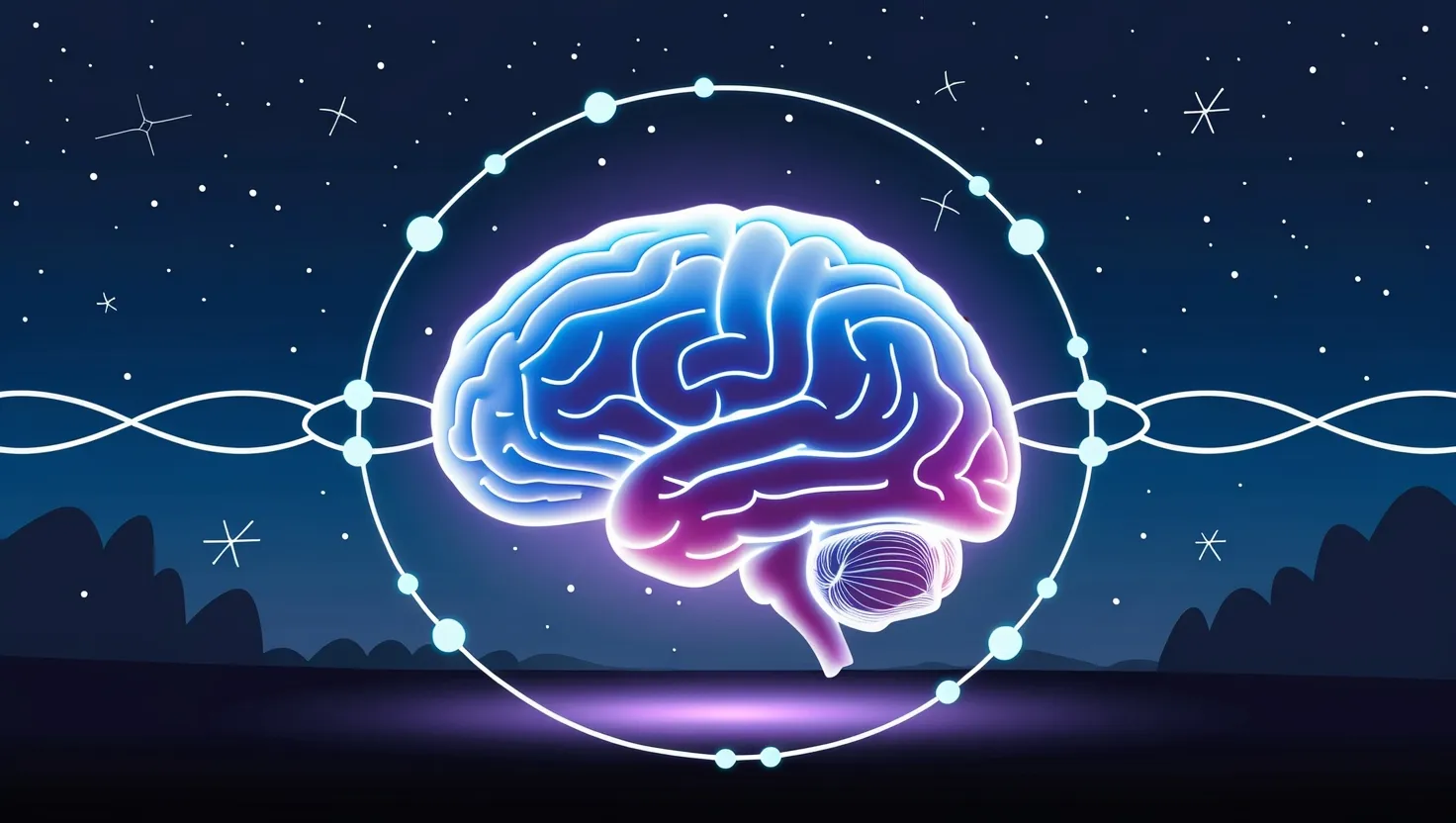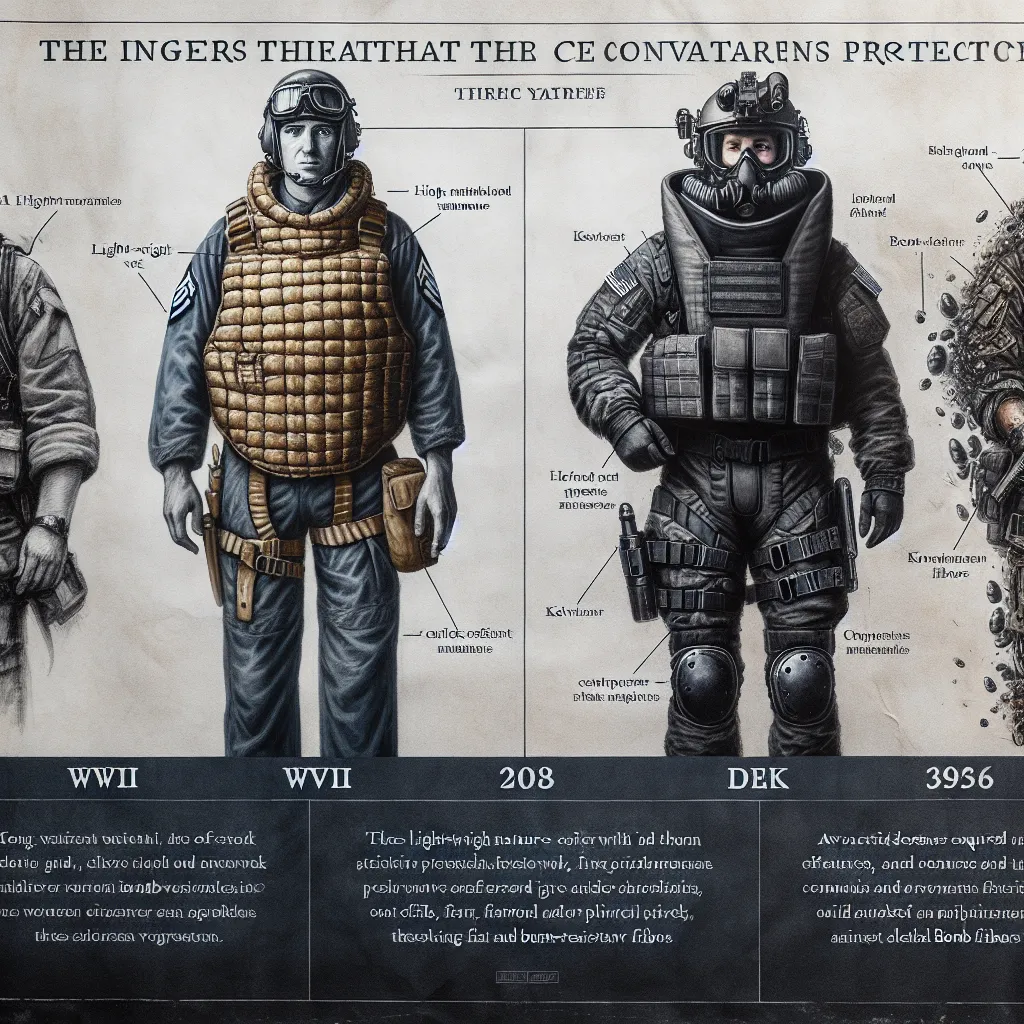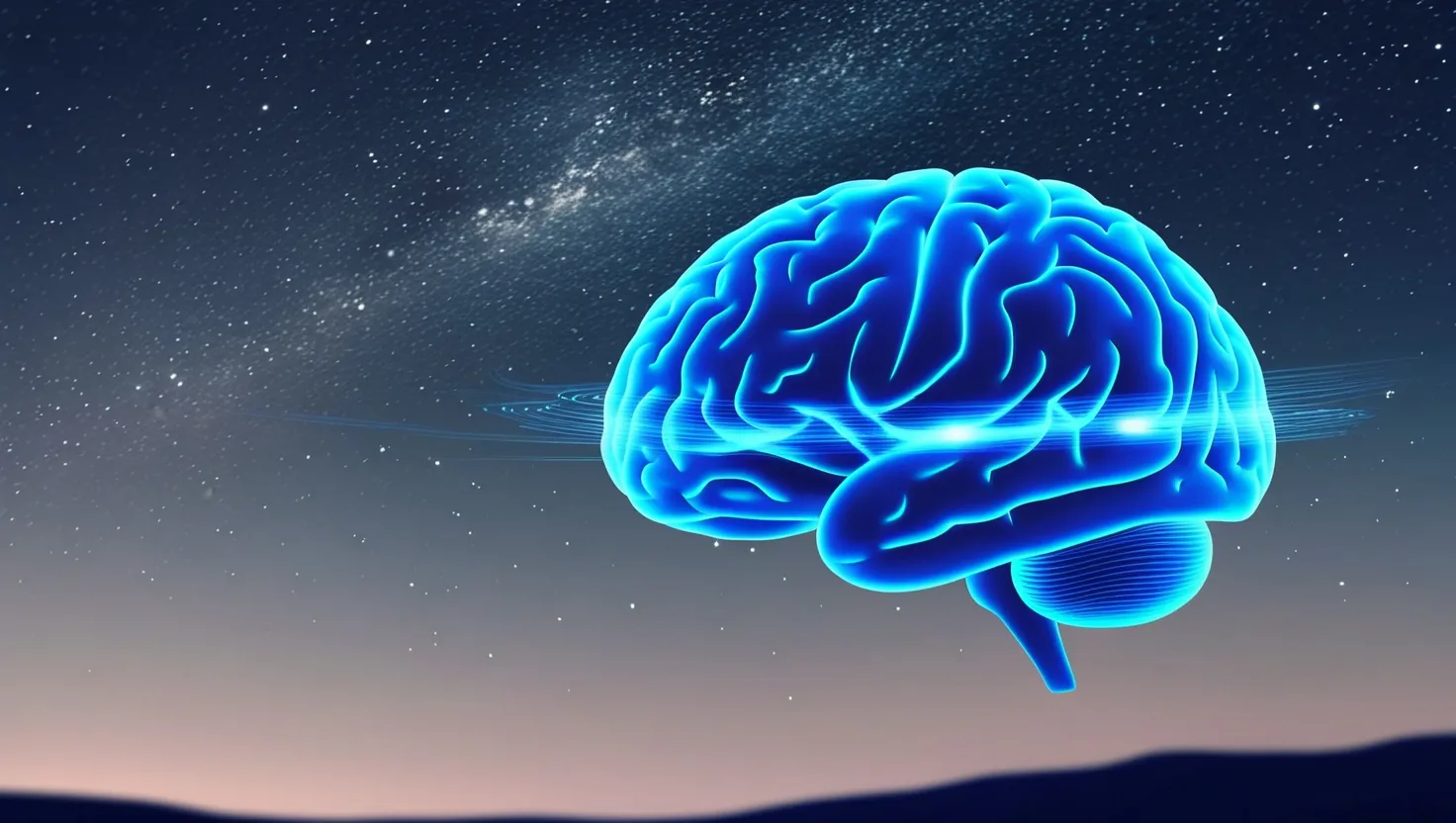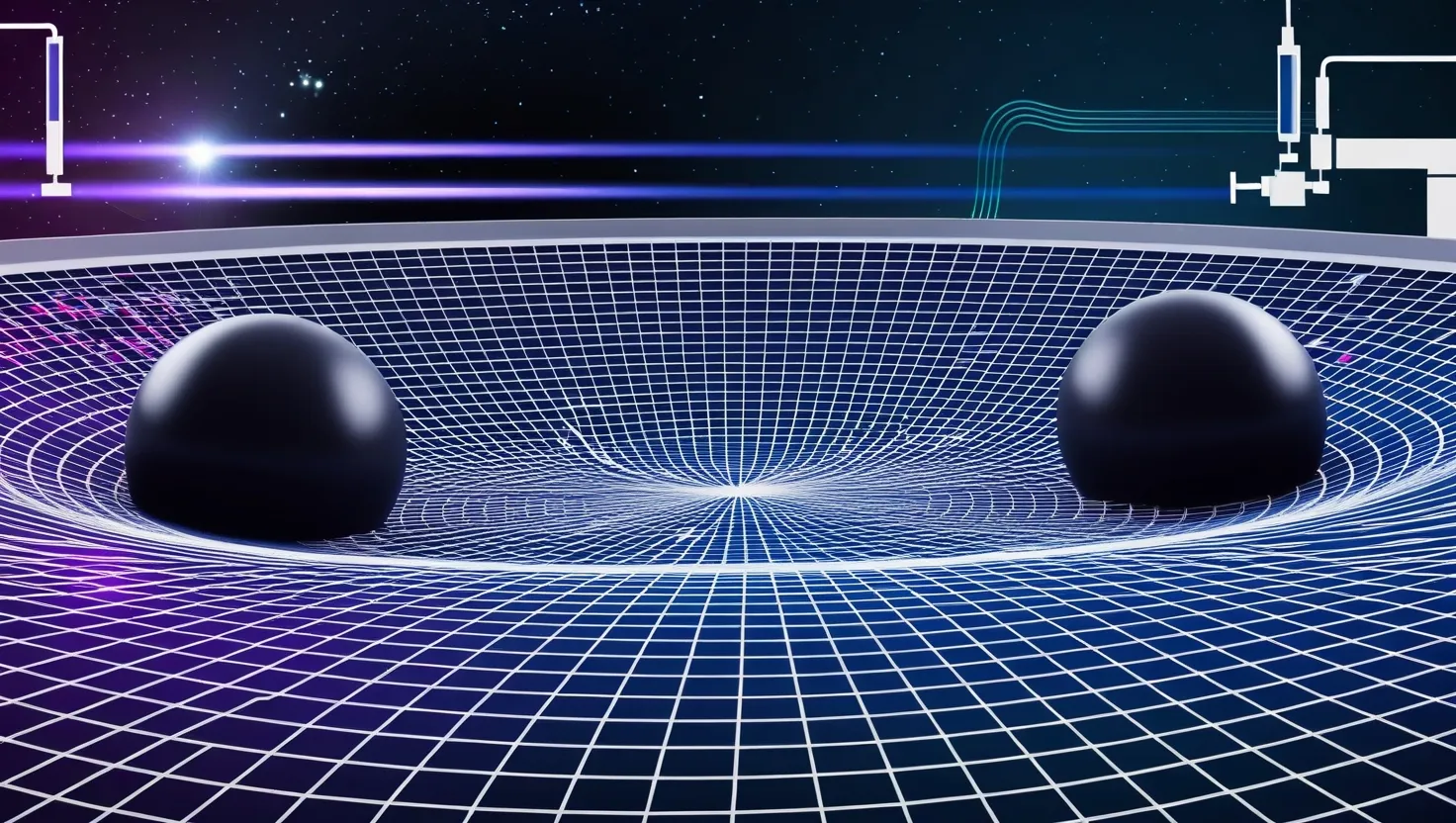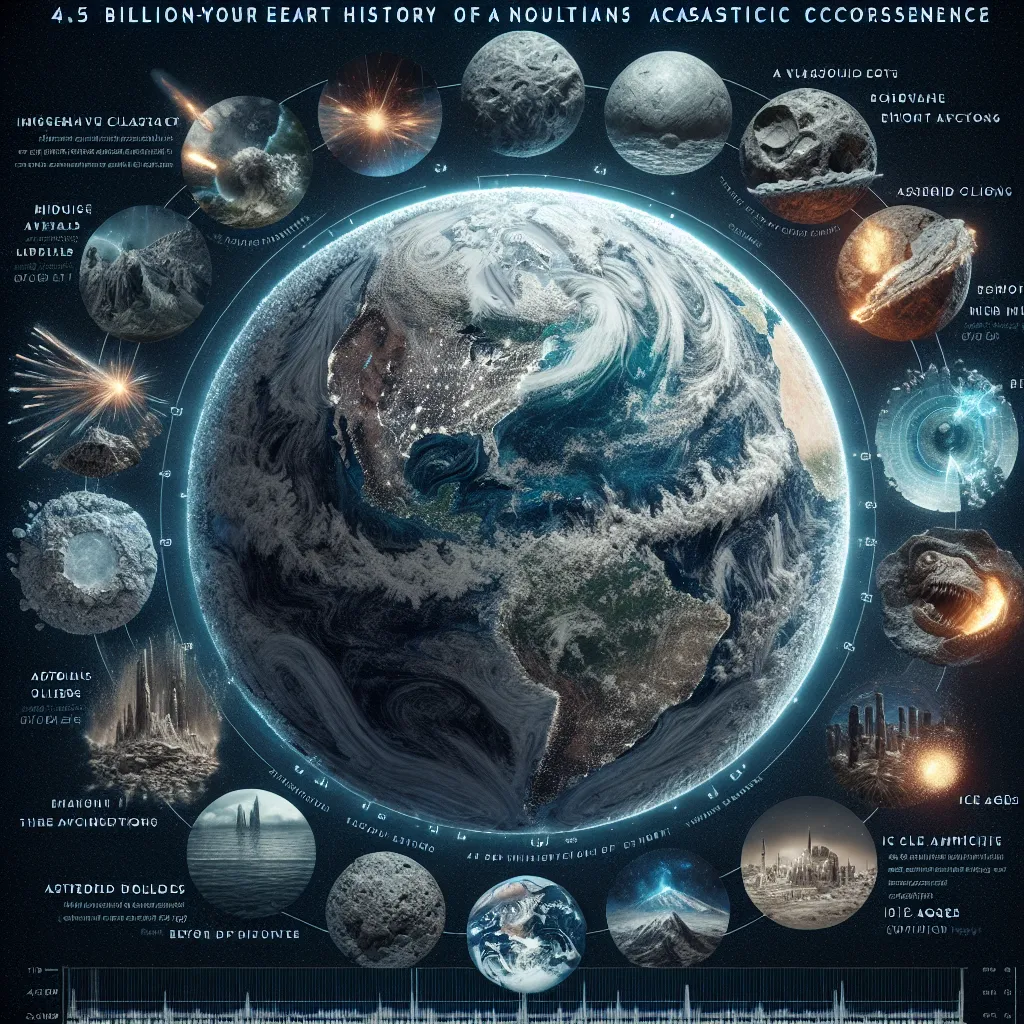If you’ve ever wondered why we sleep, or what really happens during those mysterious hours when the world fades away, you’re in good company. As someone who’s spent more nights than I should admit thinking about sleep rather than enjoying it, I find the fundamental puzzles of the sleeping brain are hard to ignore. Despite generations of research, the act of sleep itself—and what unfolds in our minds and bodies during each stage—remains wrapped in questions. Let’s take a closer look at five unsolved mysteries swirling at the heart of sleep neuroscience, focusing on less obvious facts and unusual perspectives few think to explore.
I often ask myself: If sleep is so vital, why is its main purpose still such a mystery? You’d think that by now, with advanced imaging and powerful computers, we’d have a consensus. But walk through a university neuroscience department, and you’ll still hear sharp debates about whether sleep’s core job is clearing out waste, helping us remember things, saving energy, or simply fine-tuning neural connections. Here’s a twist: one little-known proposal says that sleep doesn’t have a single purpose at all. Instead, it may be an “evolutionary accident”—a side effect of many biological priorities overlapping during the night. If that’s true, maybe sleep’s confusion is its secret. For example, some marine mammals like dolphins have evolved a sort of “half-brain sleep,” letting one hemisphere sleep while the other stays alert. This adaptive flexibility hints sleep’s roles are more about context than about a one-size-fits-all formula.
As I lie in bed, drifting into dreams, the REM sleep paradox always comes to mind. In REM, our brains are incredibly busy—sometimes even more active than when we’re awake—while our bodies are limp, paralyzed to prevent us from acting out our dreams. Oscar Wilde got it right when he said, “Yes: I am a dreamer. For a dreamer is one who can only find his way by moonlight, and his punishment is that he sees the dawn before the rest of the world.” That active REM state, oddly paired with immobility, remains one of neuroscience’s strangest riddles. Why expend energy simulating wakefulness if we are vulnerable and defenseless? It’s been said that REM may help emotional resilience by letting us “rehearse” complex feelings. Yet, another unconventional possibility: REM might act as a “change management system” for the brain, allowing it to gracefully switch between different neural operating modes—like a computer rebooting to update software. That image of your brain quietly “patching” itself in the background each night is hard to shake.
Let’s face it, we find dreams fascinating because their stories are often wild, nonsensical, and full of unlikely encounters. But why do our brains bother with this nightly theater? Freud once wrote, “Dreams are the royal road to the unconscious.” He believed they masked hidden wishes, but recent science raises new questions: might dreaming be a kind of creative “sandbox” in which the brain tests out scenarios—some real, some surreal? There’s an intriguing theory suggesting that dreams help with “threat simulation.” Those nightmares about being chased or failing an exam? The brain could be using its off-hours to practice dealing with worst-case scenarios. Or here’s a wilder angle: dreams might serve as a way to resolve “neural economizing,” using spare moments to bind loose connections and discard the clutter accumulated during the day. It’s as if the brain’s own internal housekeeping is disguised as a late-night movie marathon, with questionable plot coherence.
During sleep, I occasionally experience what’s known as sleep paralysis, that bizarre state where my mind wakes up but my body stubbornly refuses to move. The mechanics behind this brief helplessness—complete with shadowy hallucinations and a sense of oppression—are still a black box for neuroscience. The practical explanation is that “paralysis” ensures we don’t leap out of bed and physically act out our dreams, which could be dangerous. But it gets weirder: why do some people, and not others, experience the awareness of this state rather than skip straight into or out of sleep? Some researchers think it’s a basic synching error between the systems controlling consciousness and those governing muscle activity. A more unusual theory likens sleep paralysis to a “crossed wire” moment, where ancient survival systems light up, leading to classic “night hag” hallucinations—a phenomenon remarkably similar across cultures, even in people who have never heard of it. Have you ever wondered if these shared hallucinations are a result of common neural architecture or deep-rooted anxieties coded into our genes?
Hibernation presents another puzzle entirely. While we marvel at bears and ground squirrels lowering their body temperature and slowing their heartbeat to near-hibernation, the sleep cycles inside these dormant animals reveal something astonishing: even in hibernation, animals show shorter periods of sleep-like brain activity. Yet, hibernation isn’t just a longer, deeper sleep. It’s more like hitting “pause” on biological activity, a trick that preserves energy and even helps the brain resist damage. What does this tell us? Looking at hibernation, some neuroscientists speculate about possible applications for humans. Could a better grasp of sleep-hibernation boundaries help protect brains during surgery or enable long-duration space travel? If hibernators can safely lower metabolism while still cycling through sleep stages, maybe we’re missing entire “modes” of sleep in humans. Is it possible that deep, protective sleep states remain undiscovered in our own species, waiting for the right trigger or condition to appear?
“Nobody knows how the world began, but everyone knows how it will end: with sleep,” said Jorge Luis Borges, hinting at sleep’s essential, inevitable role. But for all our scientific progress, the fundamental drowsy puzzles of the brain haven’t given up their secrets. Is sleep about cleaning up yesterday’s mess or preparing for tomorrow’s chaos? Why do our minds work overtime to create stories we only half-remember? Why do some of us find ourselves paralyzed and terrified between worlds? And what, really, can we learn from creatures that seem to press pause on life itself, yet keep their brains quietly humming?
I invite you to pause and ask yourself: What would you risk—or invent—to discover how sleep really works? Are the answers hidden in future technologies, or do ancient mythologies already hold important clues we haven’t recognized? If neuroscience teaches anything, it’s that sometimes the best questions are the ones that keep us searching, night after night, while the sleeping brain keeps its secrets—dreaming perhaps that the greatest mysteries are still worth staying awake for.
